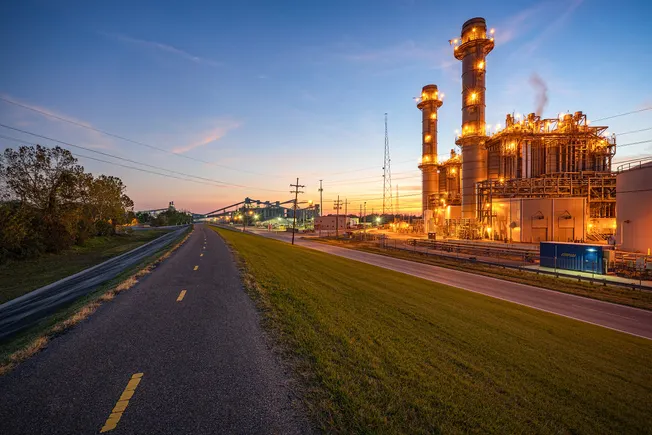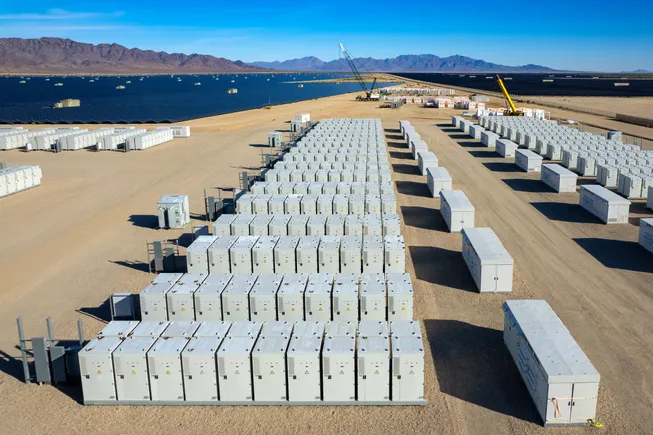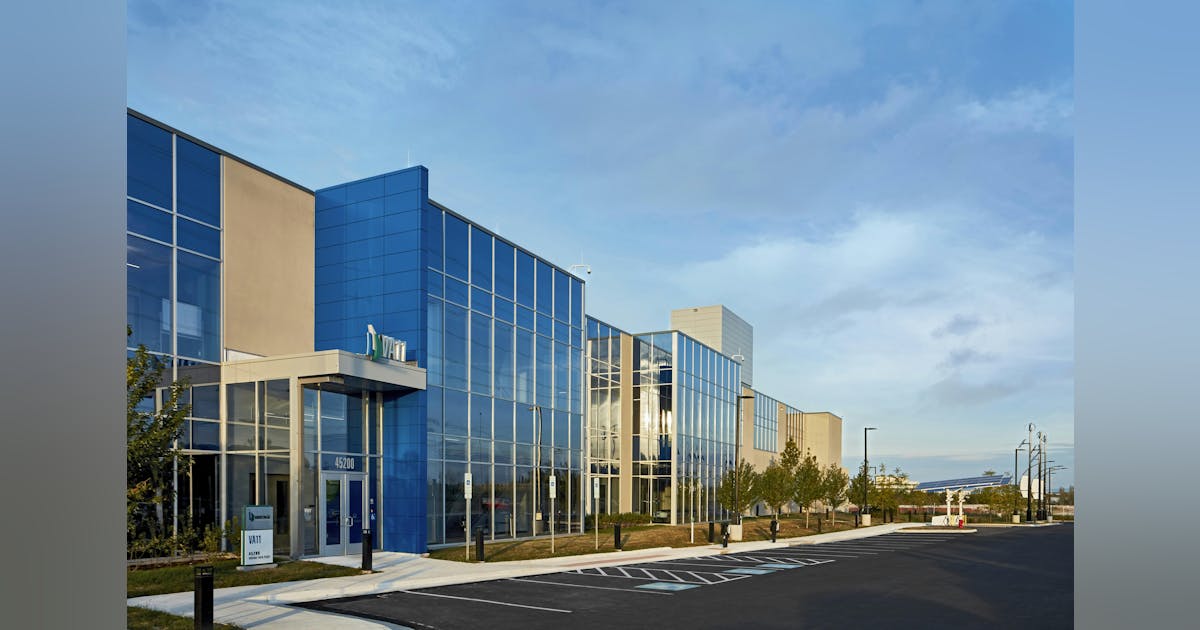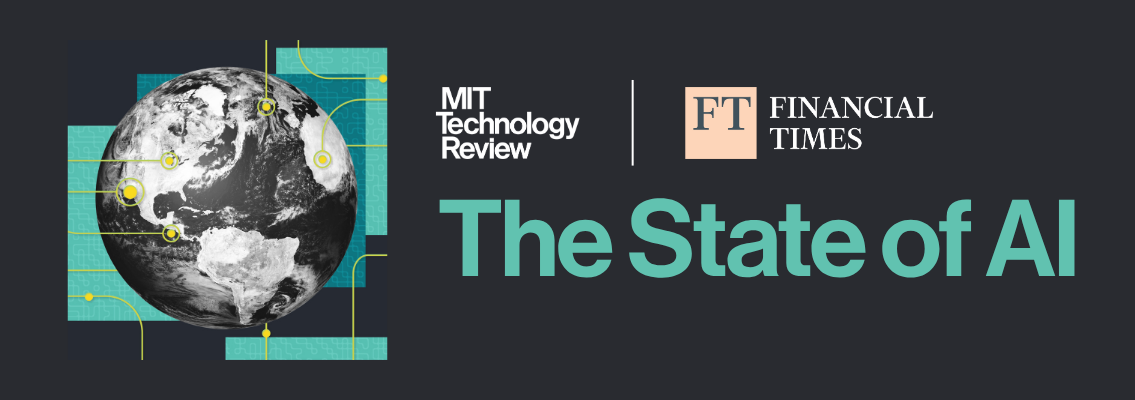
In a release sent to Rigzone recently, Gordon Birrell, BP’s executive vice president for production and operations, said “initial results and analysis” at the Bumerangue find offshore Brazil “are extremely encouraging”.
“2025 has seen significant strategic progress across BP’s upstream with record plant reliability, six major project start-ups, five more sanctioned and a string of exploration discoveries including Bumerangue,” Birrell said in the release.
“We are still in the exploration phase for Bumerangue, however, initial results and analysis are extremely encouraging as they indicate a very large hydrocarbon column and a significant volume of liquids in the reservoir,” he added.
“We are pleased about what we have seen to date and our confidence in the potential of this field has increased,” Birrell continued.
“We have a team in place and are accelerating work on proposed appraisal activities and potential development concepts, which will include the potential for an early production system,” Birrell went on to state.
In the release, BP noted that, following the announcement of the Bumerangue find back in August, initial laboratory and pressure gradient analysis “has confirmed the presence of a ~1,000 meter gross hydrocarbon column, including a ~100 meter gross oil column and a ~900 meter gross liquids rich gas-condensate column”.
“Given the presence of liquids across the entire hydrocarbon column, the high-quality rock properties observed, and BP’s extensive technology and deepwater developments experience, BP believes that the carbon dioxide in the reservoir can be managed,” the company said in the release.
BP went on to state that it is continuing laboratory testing and other analysis to determine fluid characteristics, gas-to-oil and condensate-to-gas ratios, and an estimate of in-place volumes. The company said in the release that it will provide an update “in due course”.
“Planning of appraisal activities is ongoing with well activities expected to commence in early 2027, subject to regulatory approval,” BP said in the release.
BP highlighted in its release that the Bumerangue find marks its largest in 25 years. It also pointed out that Bumerangue is one of 12 exploration discoveries that BP has made this year across several basins.
In a release posted on its site on August 4, BP announced an oil and gas discovery at the Bumerangue prospect in the deepwater offshore Brazil.
BP noted in that release that it drilled exploration well 1-BP-13-SPS at the Bumerangue block, located in the Santos Basin, 404 kilometers (218 nautical miles) from Rio de Janeiro, in a water depth of 2,372 meters. The well was drilled to a total depth of 5,855 meters, that release highlighted.
“The well intersected the reservoir about 500 meters below the crest of the structure and penetrated an estimated 500 meter gross hydrocarbon column in high-quality pre-salt carbonate reservoir with an areal extent of greater than 300 square kilometers,” BP said in that release.
“Results from the rig-site analysis indicate elevated levels of carbon dioxide. BP will now begin laboratory analysis to further characterize the reservoir and fluids discovered, which will provide additional insight into the potential of the Bumerangue block,” it added.
“Further appraisal activities are planned to be undertaken, subject to regulatory approval,” it continued.
In that release, Birrell said, “we are excited to announce this significant discovery at Bumerangue, BP’s largest in 25 years”.
“This is another success in what has been an exceptional year so far for our exploration team, underscoring our commitment to growing our upstream,” he added.
“Brazil is an important country for BP, and our ambition is to explore the potential of establishing a material and advantaged production hub in the country,” he continued.
BP said in that statement that it plans to grow its global upstream production to 2.3-2.5 million barrels of oil equivalent a day in 2030, with the capacity to increase production out to 2035.
Also back in August, Obo Idornigie, Welligence SVP, Energy Trends and Analysis, told Rigzone that “BP’s disclosure of the Bumerangue discovery points to a potentially material find” but added that “uncertainties remain regarding its size and commercial viability”.
“Preliminary data indicates elevated CO₂ levels, a technical challenge historically undermining the appeal of similar prospects. An appraisal program will be needed to assess the field’s scale and development potential,” Idornigie told Rigzone.
Rigzone previously contacted BP for comment on Idornigie’s statement. A BP spokesperson declined to comment but directed Rigzone to BP’s August 4 release announcing the oil and gas discovery at the Bumerangue prospect.
BP noted in its latest release that it holds a 100 percent participation in the Bumerangue block with Pré-Sal Petróleo S.A. as the Production Sharing Contract manager. BP secured the block in December 2022 during the 1st Cycle of the Open Acreage of Production Sharing of ANP, it pointed out.
In a release posted on its site last month, BP confirmed a discovery in Namibia’s Orange Basin.
“BP can confirm the preliminary results of the Volans-1X exploration well in Namibia’s Orange Basin, as reported by operator Rhino Resources,” the company said in that release.
Petroleum Exploration License 85 (PEL85), where the well was drilled, is operated by Rhino Resources with a working interest of 42.5 percent, BP pointed out in that release, adding that the co-venturers in the development are Azule Energy, with a 42.5 percent stake, NAMCOR, with a 10 percent stake, and Korres Investments, with a five percent interest. BP highlighted in that release that it holds a 50 percent interest in Azule Energy.
“The Volans-1X exploration well, drilled using the Northern Ocean’s semi-submersible Deepsea Mira, reached a total depth of 4,497.5m TVDSS (true vertical depth subsea) and successfully penetrated the Upper Cretaceous target,” BP said in the release.
“The well encountered 26 meters of net pay in rich gas condensate-bearing reservoirs, with the reservoir showing excellent petrophysical properties and no observed water contact,” it added.
“Initial laboratory analysis of two samples indicated a high condensate-to-gas ratio (CGR) of >140 bbl/mmscf with liquid density of approximately 40° API gravity. The results are undergoing further evaluation,” it continued.
BP noted in that release that the Volans-1X well marks the third significant hydrocarbon discovery in 2025 for Azule Energy partners, following the Capricornus-1X light oil find in Namibia and the Gajajeira-01 gas discovery in Angola.
In a statement posted on its website back in February, BP announced a “fundamentally reset strategy”.
“BP today introduced a fundamentally reset strategy, with significant capital reallocation, and plans to drive improved performance, aimed at growing free cash flow, returns and long-term shareholder value,” the company said in that statement, which was published on February 26.
This strategy will see BP grow its upstream oil and gas business, focus its downstream business, and invest with increasing discipline into the transition, the company noted in the statement.
In the statement, BP highlighted that it was increasing investment in oil and gas, outlining that it expects to spend around $10 billion per annum through 2027. It also revealed in the statement that production is expected to grow to 2.3 – 2.5 million barrels of oil equivalent per day in 2030 “with capacity to increase to 2035” and pointed out that “10 new major projects” will start up by the end of 2027.
To contact the author, email [email protected]






















